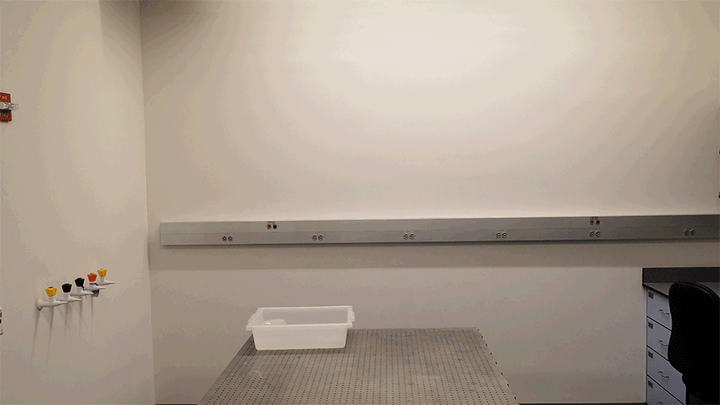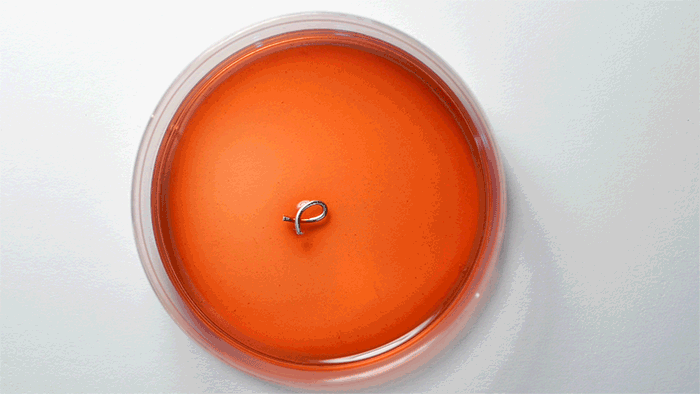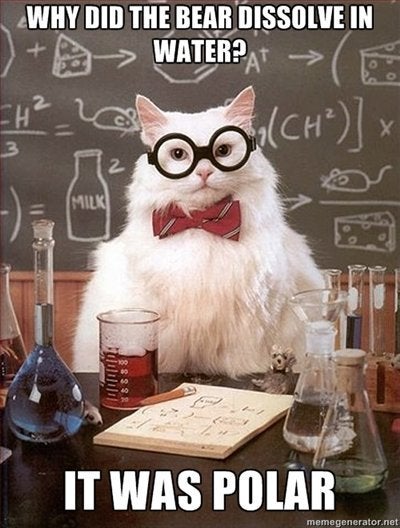
Blammo!
And what happens if you take a stick and lightly tap a piece of filter paper that contains traces of nitrogen triiodide? The bulky iodine atoms rapidly separate from the nitrogen atoms to which they're bonded. It's a matter of sterics, a term chemists use to describe the ways in which the size and shape of atoms in a molecule affect molecular behavior.

Blammo again!
Those demonstrations are just a couple of the fun things you can do in a chemistry lab--not that such experiments are done just for yucks. Chemistry instructors like Turner and the instructors who trained him have used these demonstrations as teaching tools, knowing that drama can help students remember important concepts.
"I still remember most of the explosions and other demos I saw as an undergrad," Turner said in the email.
Recently, Turner and one of his Ph.D. students, Tobias Gellen, invited The Huffington Post into his gleaming lab in a building just off New York City's Washington Square Park to demonstrate the dry ice and nitrogen triiodide whoop-de-do's--plus the so-called Belousov-Zhabotinsky reaction. It doesn't produce an explosion, but it does cause, well, just look at what's going on surrounding that twisted silver wire in the dish below (it's been sped up).


